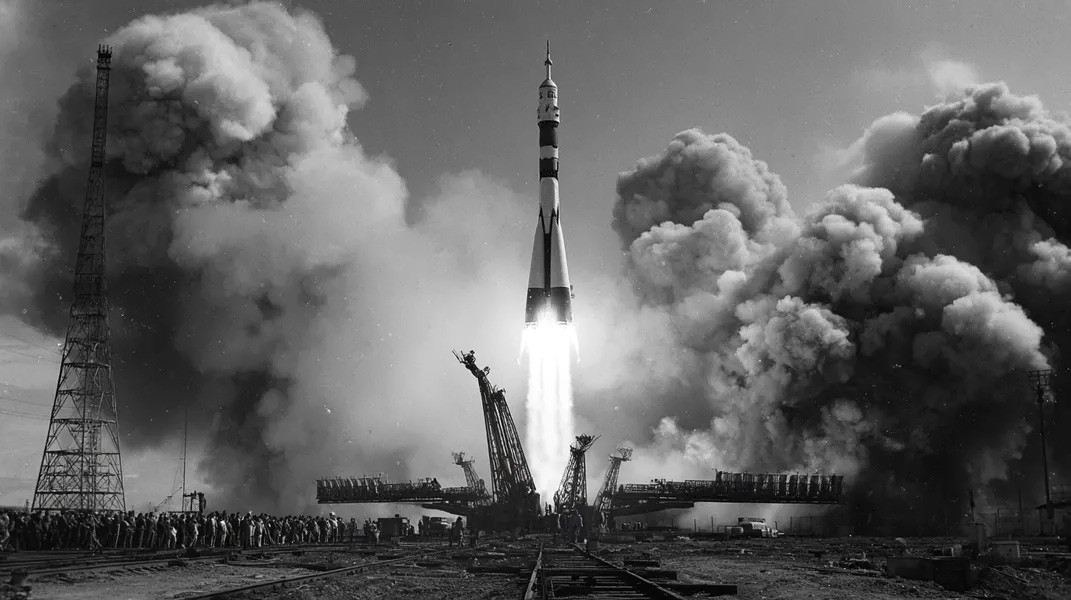An international team of researchers has proposed a new project to study Pluto and its moons — a mission called Persephone, which may become the largest and longest-term study of the dwarf planet. Unlike the New Horizons mission, which ended with flyby observations, Persephone assumes a long-term operation of the orbiter around Pluto and its moons for at least three years.
The key goal of the mission is to test the hypothesis of the existence of a subsurface ocean on Pluto. For this purpose, the probe will be equipped with eleven scientific instruments, including cameras for tracking tectonic activity, mass spectrometers for analyzing the composition of the atmosphere, as well as tools for studying the topography and chemical composition of the system's satellites. Special attention will be paid to the largest satellite Charon, where it is planned to study the internal structure and dynamic processes.
The program also provides for the study of Pluto's atmosphere, its interaction with the solar wind, the process of gas leakage towards Charon and the formation of characteristic polar structures. Additionally, data will be collected on the smaller moons Nix, Hydra, Kerber and Styx, which will help clarify their origin and role in the formation of the system.
Persephone is scheduled to launch in 2031-2032, using a gravitational maneuver near Jupiter to speed up the flight. It is expected that the journey to Pluto will take about 27-28 years, and the first scientific data will arrive by 2058. The mission is expected to last more than half a century, which will require the introduction of the latest nuclear power supply technologies and the transfer of experience between generations of engineers and researchers.
The project's budget is estimated at about $ 3 billion. Among the key challenges are the need for a large amount of plutonium to operate radiothermal generators and ensuring mission management in an unprecedented time span.
Even in the event of postponement, the project implementation already has a significant impact on the development of deep space technologies. The Persephone concept lays the foundation for future research of trans-Neptunian objects and demonstrates the readiness of science to work with projects designed for decades to come.












